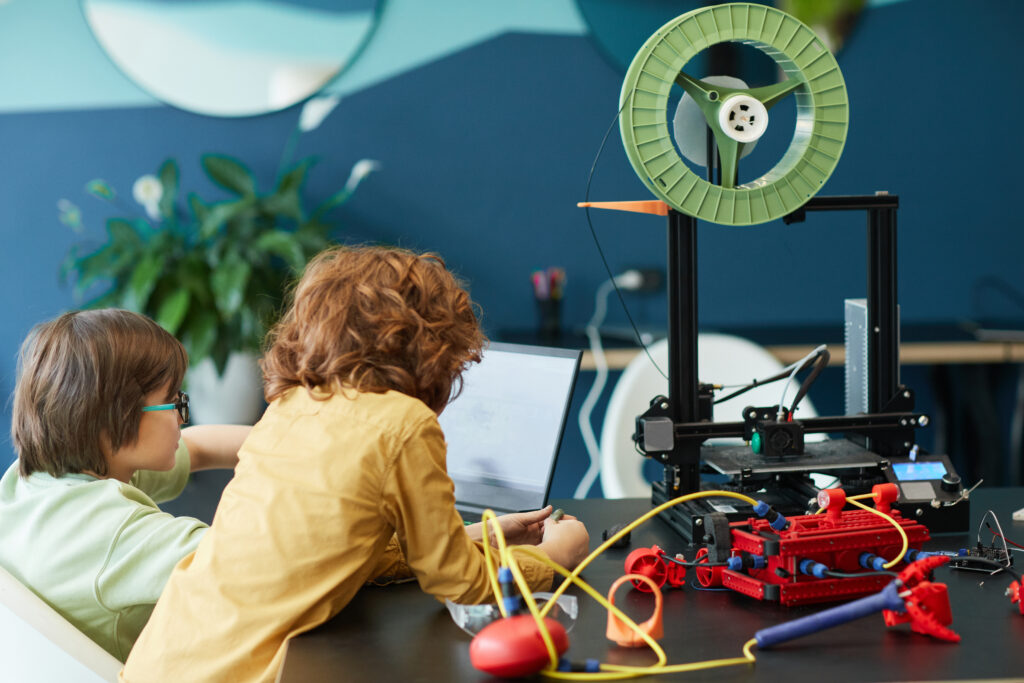3D printing technology is increasingly being used in education as a way to enhance students’ learning experiences and provide hands-on learning opportunities. 3D printing can be used to create physical models of concepts, such as molecules and anatomical structures, which can help students visualize and better understand complex ideas. Additionally, 3D printing can be used to create prototypes for engineering and design projects, allowing students to test and refine their designs before committing to a final product.
Another benefit of 3D printing in education is that it allows for more customization and personalization of learning materials. For example, teachers can use 3D printing to create customized learning aids for students with special needs, such as tactile maps for students who are visually impaired.
3D printing can also be used in vocational education to teach students about manufacturing, design, and engineering. It gives students the opportunity to learn about the technology and how to use it, which can be useful for their future careers.
However, 3D printing technology can be costly and requires specialized skills to operate, which can be a barrier for some schools and educators. Additionally, students should be trained on the safe use of 3D printing equipment and be made aware of the environmental impacts of 3D printing.




